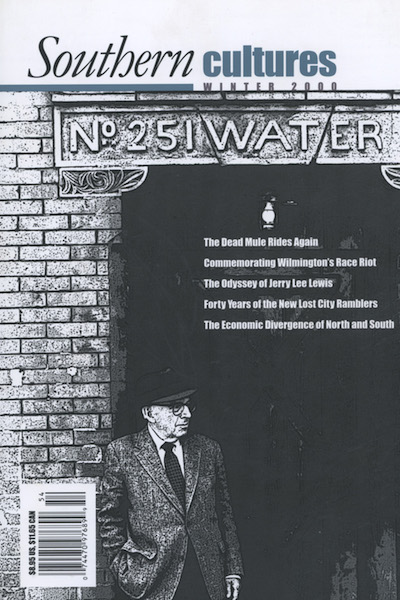“Plantations dominated the southern economy by the 1770s, and those who controlled them had decisively shaped the region’s economic course, and, perhaps, destiny.”
Questions relating to the distinctiveness of the American North and South have intrigued historians and the public for generations. In fact, these questions and broader related controversies have proven among the most long-lived and provocative in the literature of American history. Travelers visiting British North America in the eighteenth century, for example, often commented on the differences between the northern and southern colonies. Such travel commentary grew in both abundance and verve in the first half of the nineteenth century, with Tocqueville’s Democracy in America being the most notable case in point. Questions relating to regional distinctiveness gained even greater currency with the approach of the Civil War, and many historians since that time, perhaps taking their cue from William Seward’s famous “irrepressible conflict” speech of 1858, have sought to interpret the rupture between North and South in schematic, dichotomous terms: a split between two distinct economies, societies, and, at times, even civilizations. It is much easier, after all, to impart meaning to the 620,000 lives lost during the Civil War by arguing that those who died did so in defense of beliefs and values under attack by people with antithetical worldviews.


